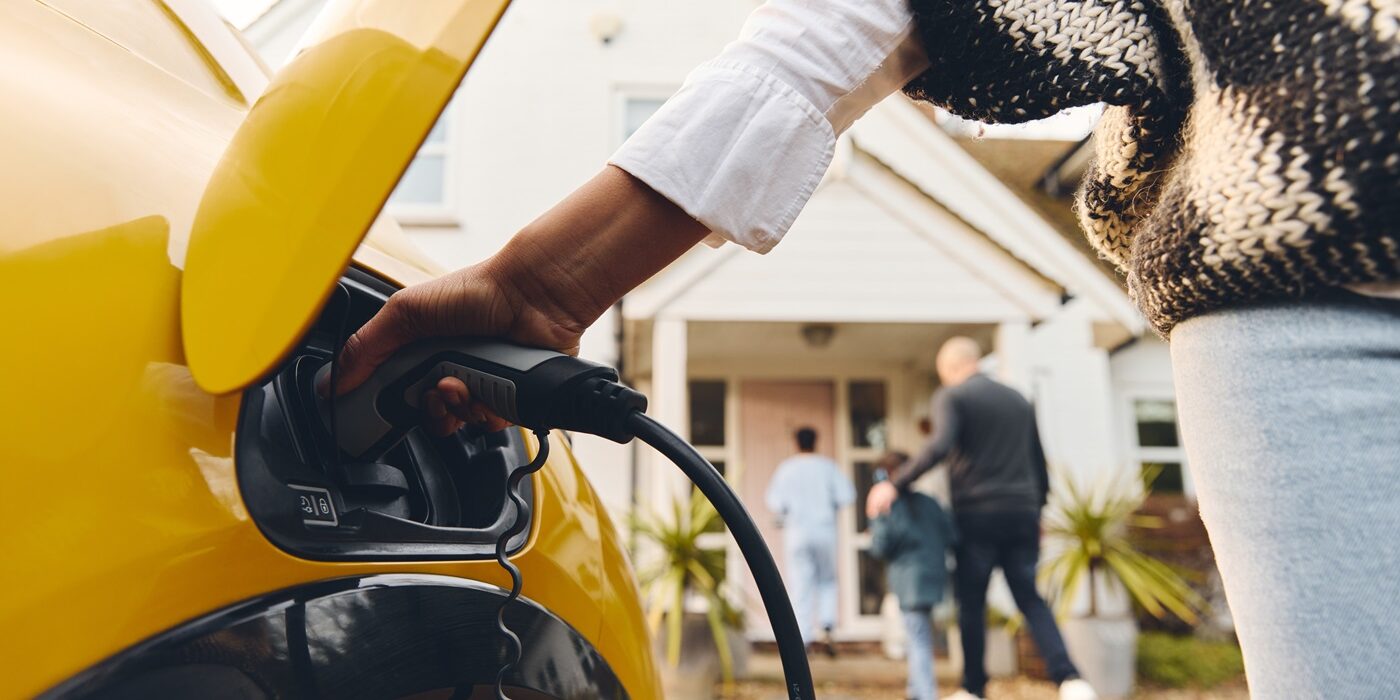Insights into Inchcape’s Sustainability practices and goals

Liz Brown, Inchcape’s Chief Strategy & Sustainability Officer, spoke with S&P Global Mobility recently about our Sustainability practices and goals. Read the full article at S&P Global Mobility or explore the Q&A below.
Key takeaways from S&P Global Mobility’s conversation with Liz Brown:
- Sourcing strategies: Inchcape is adapting its sourcing strategies to align with varying rates of EV adoption across 38 global markets, introducing six new brands focused on NEVs in 2024.
- Emission reduction targets: The company aims to reduce its scope 1 and 2 emissions by 46% by 2030, using a 2019 baseline, and has achieved a 37.5% reduction as of 2024.
- Supplier compliance: Inchcape employs a supplier code of conduct and mandatory sustainability questionnaires to ensure suppliers meet environmental standards.
- Regulatory preparedness: The company is enhancing its data and reporting capabilities to comply with upcoming EU emissions regulations and is collaborating with original equipment manufacturer partners to ensure vehicles meet emission standards.

We recognise that the mobility transition is unfolding at different speeds across different markets. Globally, we operate in 38 markets, which enables us to have a deep understanding of the differences across markets. While some are moving rapidly towards full electrification, others require a more phased approach — blending low- and zero-emission technologies in line with their unique contexts.
Liz Brown Chief Strategy & Sustainability Officer
-
At Inchcape, we recognise that the mobility transition is unfolding at different speeds across different markets. Globally, we operate in 38 markets, which enables us to have a deep understanding of the differences across markets. While some are moving rapidly towards full electrification, others require a more phased approach — blending low- and zero-emission technologies in line with their unique contexts. Inchcape proudly works with more than 60 OEM partners, enabling us to offer a broad range of vehicles across price points and technologies to address the diverse needs in each one of our markets. In order to support our markets and meet demand, in 2024, we incorporated six new brands that offer new-energy vehicles.
-
Recognising our industry’s environmental impact, we’ve looked at how we can address our own impact while supporting the wider value chain. Through our sustainability approach, we drive efforts to address climate change, reduce our emissions and invest in renewables. Last year, we rolled out four key programs for our operations globally, focusing on energy efficiency, electrification, green tariffs and onsite generation. We have invested significantly in solar power across our sites, securing our supply of renewable energy across all regions where we operate, and last year, our solar installations generated enough electricity to avoid a total of 999 tonnes of carbon emissions across 70 sites globally.
-
To address our own impact, we set ambitious targets to reduce our absolute scope 1 and scope 2 emissions by 46% by 2030, from a 2019 baseline, and to achieve net zero by 2040. We are on track to deliver these targets; in 2024 we achieved a 37.5% reduction in scope 1 and 2 greenhouse gas emissions.
Similar to many organisations, the majority of our emissions are composed of our scope 3 emissions, and this is something our OEM partners are addressing as they pursue their own decarbonisation ambitions. We are taking action to better understand, quantify and account for our indirect emissions, and working to reduce scope 3 emissions by adding more low-emissions vehicles to our portfolio given the varied pace of the transition across our markets — driven by differences in infrastructure, incentive schemes and customer perception — a multi-technology approach remains essential to effectively meet local needs.
-
We work with suppliers all over the world and our Supplier Code of Conduct defines our requirements and the behaviours we expect from them, ensuring they are aligned with our environmental goals. We have also introduced mandatory sustainability and GHG emissions questionnaires for suppliers that includes questions around their environmental policies, emissions reductions targets and legal compliance, as well as optional questions around their waste management and sustainability certifications.
-
At Inchcape, we want to ensure that the communities we operate in positively benefit from our presence and are engaged in advancing the mobility transition.
To drive the adoption of innovative technology, customer education on the benefits of EVs is essential. As we represent over 60 OEMs in 38 markets, our talented global colleagues leverage their deep local knowledge and expertise to implement various awareness and training programs to support the unique needs of customers and the brands we represent in their markets.
-
To provide the most sustainable route to market for our OEM partners, we monitor our environmental impact and assess progress toward our 2030 emissions reduction target. This is done through our Emissions Working Group, which operates across at both global and regional levels.
As part of our commitment to supporting the mobility transition, we track several KPIs. These include the share of BEVs and NEVs in our total sales, the number of new electric models added to our portfolio, and the expansion of these models into new markets. We also monitor emissions intensity per vehicle to ensure we are making measurable progress in reducing our overall environmental footprint.
We also recognise that diversity is crucial to navigating the ongoing transformation of our industry. In this area, we’ve set a clear target: 30% female participation in leadership roles by 2025. We remain on track to achieve this target, having already reached 28% female participation in 2024.
-
The automotive industry is rapidly evolving, and we believe customer preferences will shift towards more sustainable mobility solutions in the future. To support this, we are expanding our range of EV and low-emission vehicles to meet customer demand.
This year, we conducted customer sentiment surveys in 13 markets across the APAC and Americas regions to better understand what customers want and expect from their vehicles in this new mobility landscape. Understanding these trends is vital and allows us to develop more strategic relationships with our OEM partners by delivering data-driven insights and continuing to evolve our approach to meet customer demands.
-
We are preparing for the EU’s upcoming emissions regulations by strengthening our data and reporting capabilities to ensure we are prepared for new requirements. We work closely with our OEM partners and suppliers across the globe to make sure that the vehicles we distribute meet the latest emission standards.
We’re also rolling out a new platform to help us monitor, manage and report our emissions at a global level, driving greater transparency and accountability. This will be in place across all regions this year and will be a central part of our decision making and reporting.